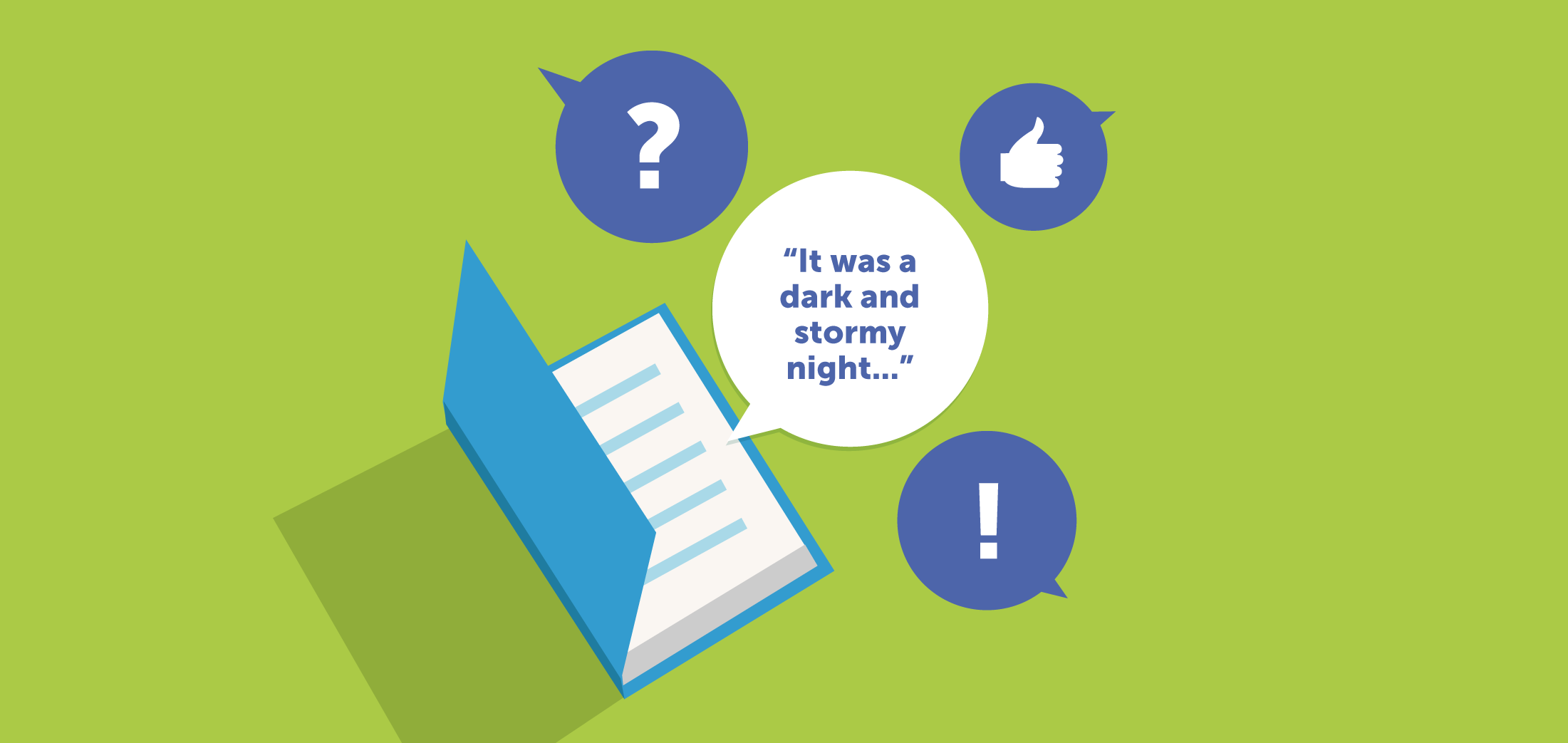

Rebekah Kim is the Director of Instructional Supports in Highline Public Schools. In this role, she supports P-12 schools in several areas of work which include differentiation, highly capable, personalized learning and social emotional learning. Her passion for equity is the driving force and lens in which she approaches these areas of work in her support of students in Highline. Before Rebekah moved to central office, she spent 12 years as a building principal. During her principalship, she moved one of her schools to a K-6 comprehensive blended classroom model. Her instructional leadership involved the work around building culture shifts to a more innovative mindset to differentiate the varying learning needs of her 700+ students. She is passionate about family engagement, varying instructional planning for the academic and social emotional needs for all learners. For more information see Highline’s district website. You can also find Rebekah on Twitter @EdLeaderKim
By James S. Kim
In many ways, this is a question that every educator is grappling with today. Both decoding and background knowledge are keys to reading well. Children need to be able to decode words independently to grasp the meaning of a text, and they also need background knowledge to perform well on summative ELA assessments.
I have general and specific recommendations for practice. There’s a shared consensus among researchers that the “Big Five” skills identified by the National Reading Panel in 2000 are all critical to effective reading and to understanding complex texts. These skills include:
Children who are poor decoders likely need assistance building the first two skills. I’ll talk about phonemic awareness first. To help a struggling first grader decode new and unfamiliar words, teachers can help students recognize that the word “cat” has 3 unique speech sounds /c/ /a/ /t/. A teacher might ask students to identify each phoneme (i.e., speech sound), or the two speech sounds /c/ /a/ when the third is removed. Teachers might also play rhyming games (e.g., “does sun rhyme with fun?”).
It’s important to note that phonemic awareness instruction may involve no instruction with letters or letter-sound correspondence. That’s because the main goal is to help students manipulate the speech sounds in words and to grasp the idea that print can be converted to speech (i.e., the definition of decoding). Effective instruction in phonemic awareness builds a strong foundation for helping students become skilled decoders.
But systematically teaching students that specific letters correspond to sounds is also necessary to build decoding skills. You might start by teaching common short sounds (s, m, d, p, a), then moving to consonant blends (ch) and long vowels with a silent e. It’s also critical to monitor your students’ progress using data. Beginning, middle, and end-of-year assessments, such as MClass, can help you understand if, for example, students could benefit from instruction to break down complex, multi-syllabic words (e.g., “disappeared”) into smaller units of meaning (e.g., the prefix “dis”, the root “appear,” the suffix “ed”).
But while effective word reading is necessary to improve reading comprehension on a summative assessment, it is not sufficient. Since this question is concerned with poor decoders, I think it’s important to give students opportunities to engage with complex texts. One strategy to try is reading aloud complex texts, and then asking both text-dependent questions and more open-ended questions that don’t have a single correct answer. Because children’s listening comprehension exceeds their reading comprehension until about eighth grade, most children can understand more by listening than by reading. As a result, reading aloud complex texts is a valuable way to build the background knowledge needed to do well on a summative test.
This answer was developed in partnership with Usable Knowledge at the Harvard Graduate School of Education.
Grade 1 English Language Arts Skills Unit 1
Foundational skills to support reading for understanding in kindergarten through 3rd grade—a practice guide with recommendations and implementation steps for teaching foundational reading skills in kindergarten, first, second, and third grades.

James S. Kim is an associate professor at the Harvard Graduate School of Education. He studies the effectiveness of elementary school reading interventions and reforms, with a specialization in summer reading programs. He also researches teacher professional development interventions for reading and writing. He is a former middle school history teacher. Read full bio